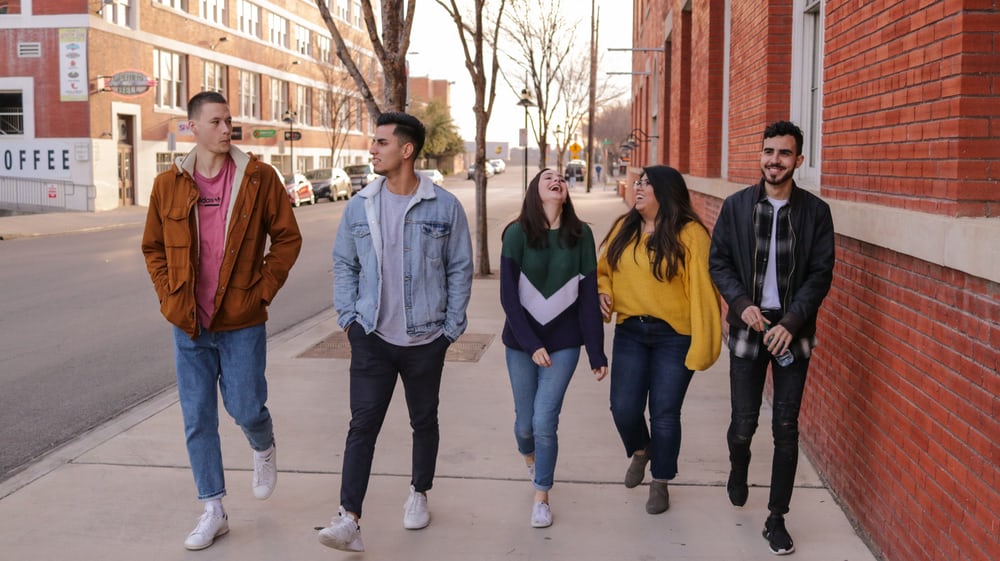Are you looking for genius tricks to encourage students to interact with their peers? If so, keep reading.
1. Choose nonacademic learning activities designed to enable appropriate interaction of the student and a peer (e.g., board games, model school building, coloring, etc.).
2. Using observation and interviews with other students, determine those characteristics of the student that interfere with successful interactions to ascertain skills or behaviors the student needs to create.
3. Get the student to practice appropriate interactions with the teacher(s).
4. Make sure the student knows that failing to interact properly with a peer may result in removal from the learning experience and/or loss of participation in future learning activities.
5. Urge the student to interact with others.
6. Get the student to interact with a peer for short periods to enable success. As the student shows success, slowly increase the duration of time the student interacts.
7. Do not force the student to interact with someone with whom they are not entirely comfortable.
8. Connect with parents (e.g., notes home, phone calls, etc.) to disseminate information about the student’s progress. The parents may reinforce the student at home for interacting with peers at school.
9. Draft an agreement with the student stipulating what behavior is required (e.g., sitting near another student, talking to another student, etc.) and which reinforcement will be implemented when the agreement has been met.
10. Praise the student for interacting with peers based on the duration of time they can be successful. As the student shows success, slowly increase the duration of time required for reinforcement.
11. Get peers to invite the student to take part in school or extracurricular learning activities.
12. Solidify the development of friendships with peers (e.g., designate learning activities for the student involving peers, give the student and a peer joint duty, etc.).
13. Talk with the student to explain(a) what they are doing wrong (e.g., not talking, sharing, etc.) and (b) what they must be doing (e.g., talking, sharing, etc.).
14. Praise the student for interacting with peers: (a) give the student a concrete reward (e.g., privileges such as leading the line, handing out learning materials, 10 minutes of free time, etc.) or (b) give the student an informal reward (e.g., praise, handshake, smile, etc.).
15. Give organized learning activities for the student to take part in before, during, and after school (e.g., board games, softball, four square, tetherball, jump rope, flash cards, etc.).
16. Give the student the chance to work with a peer who will be an appropriate model for interacting with other students.
17. Urge the student’s peers to include them in free-time learning activities.
18. Praise those students in the classroom who interact properly with peers.
19. Urge the student to become involved in athletic learning activities.
20. Create classroom rules: • Complete every assignment. • Complete assignments quietly. • Remain in your seat. • Finish tasks. • Meet task expectations. Examine rules often. Praise students for following the rules.
21. Consider using an adaptive behavior management app. Click here to view a list of apps that we recommend.
22. Click here to learn about six bonus strategies for challenging problem behaviors and mastering classroom management.





